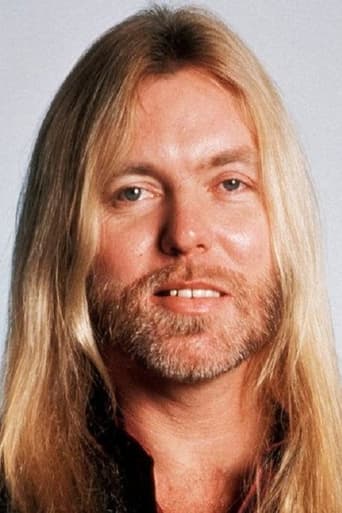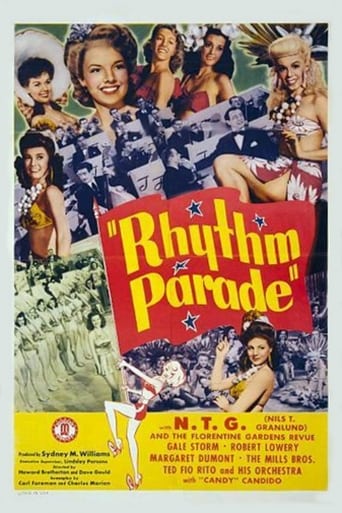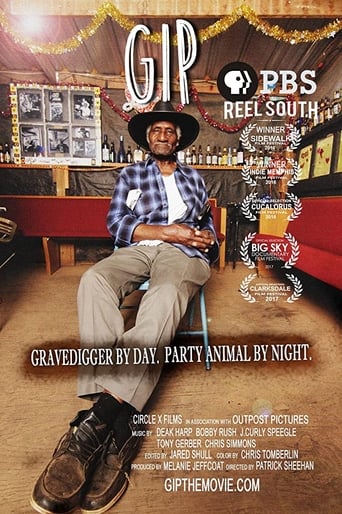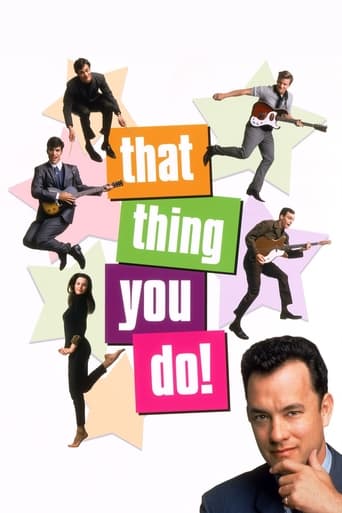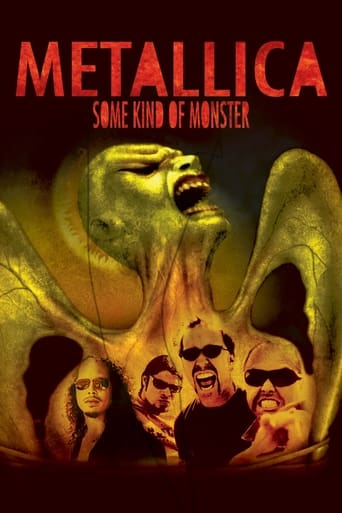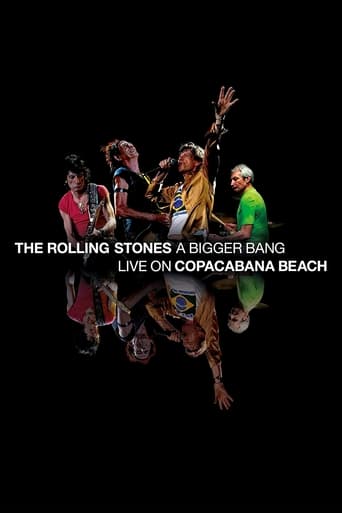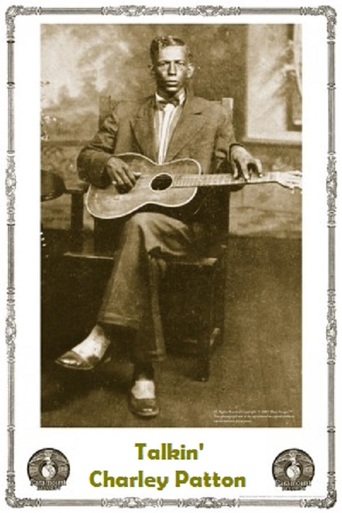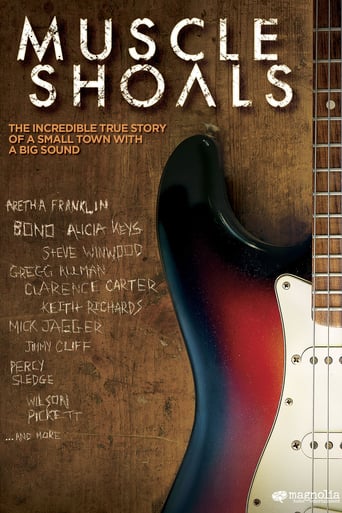
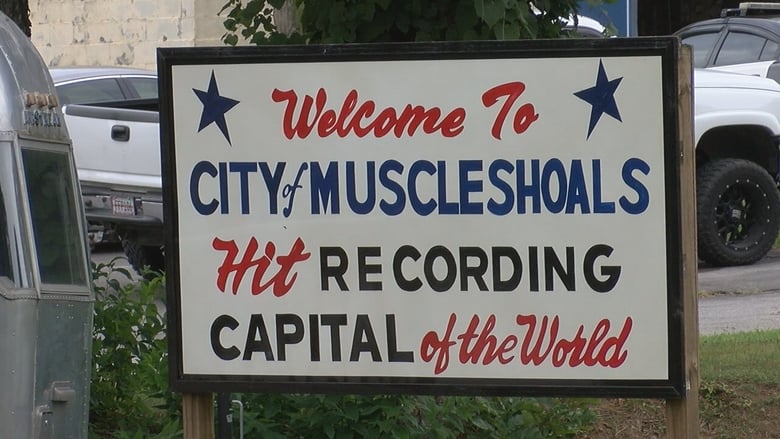
Muscle Shoals (2013)
In a tiny Alabama town with the curious name of Muscle Shoals, something miraculous sprang from the mud of the Tennessee River. A group of unassuming, yet incredibly talented, locals came together and spawned some of the greatest music of all time: “Mustang Sally,” “I Never Loved a Man,” “Wild Horses,” and many more. During the most incendiary periods of racial hostility, white folks and black folks came together to create music that would last for generations and gave birth to the incomparable “Muscle Shoals sound.”
Watch Trailer
Cast


Similar titles
Reviews
Elusive documentary about famed Alabama studios, mother lode of Southern swamp 'n Delta blues. Lots of music clips, as well as recollections / thoughts from Jagger, Richards, Bono, Aretha, Pickett, Sledge, Wexler. Also the original Swampers and FAME studio chief, Rick Hall. After awhile, every time Hall started talking, we braced for the next tragedy: Ma, brother, wife, Pa, one by one the Reaper picked 'em off. Kept waiting for Old Shep to buy it. FAME began to dry up in the 70s, barely mentioned in doc. The Swampers' Muscle Shoals Sound Studio was sold in '85, likewise a scant mention. Incredible amount of hits referenced - "When A Man Loves A Woman" "Land Of 1000 Dances" "Brown Sugar" "Main Street" "Kodachrome" "Respect" "Patches" "Tell Mama" "Mustang Sally" and "Sweet Home Alabama" Highly entertaining, perhaps depending on your age and memories.
Early in Muscle Shoals the point is made by all concerned that Rick Hall's studio was color blind, just top quality musicians producing top quality music. A true haven in the 1960s South. But then the Swampers go off to form their own studio in town and along the way pick up and then lose Lynyrd Skynyrd (until after the plane crash). Yet, nothing is even mentioned in passing about the racist substance of the band's music or their presentation as defenders of segregation and, in effect, the Slave South. Director Greg "Freddy" Camalier might have gotten away with that as a simple presentation of musical history were it not for his choice to end the movie, to celebrate Muscle Shoals and all it had accomplished, by using Lynryd Skynyrd's openly racist "Sweet Home Alabama," along with another showing of the Confederate flag behind them, which was their standard practice. Talk about taking a dump on your own movie.
Yes, I grew up in itty bitty Muscle Shoals, Alabama. I was born there in 1965 and spent the first 23 years of my life there. I lived three blocks from FAME studios, went to school with Rick Hall's sons and the son and daughter of Jimmy Johnson, one of the Swampers and founders of Muscle Shoals Sound. I did all of that and I still had NO idea of the monumental and historic events that were happening in my little town. When I watched this film for the first time, sitting in the sold out auditorium of our local university, I was blown away. I saw a special side of my hometown I never knew existed and gained a new respect and pride in my association with it. For years the welcome sign at our city limits proclaimed "Welcome to Muscle Shoals - The Hit Recording Capital of the World". Forty-eight years later, thanks to Mr. Camalier and his wonderful documentary, I finally have a full and complete understanding of what that sign meant. If you are a music lover, this film is a must-see, if only for the interviews with mega-artists such as Bono, Greg Allman, Wilson Pickett, Aretha Franklin, Mick Jagger, and Keith Richards, as they reminisce about their time spent in Muscle Shoals. But it is also a must-see for anyone who wants an honest-to-God, rags to riches story filled with love, loss, shame, anger, redemption, and lifelong friendships. This film isn't just about my hometown and the amazing music made there. It's also about one man's vision and how the bringing to life of that vision has profoundly influenced, and is still influencing, the world in a very special way.
I always loved listening to the great albums recorded at the two Muscle Shoals studios, so I looked forward to seeing this documentary in the hopes of learning what exactly made the Muscle Shoals sound so distinctive.Unfortunately, I think the musicians interviewed couldn't really explain what it was that made Muscle Shoals so special from a technical perspective. Bono, as always, was quite articulate, but he didn't offer anything technical. He instead talked philosophically about the power of the Tennessee River just as the Mississippi influenced the Blues. Most of the other musicians fell back on platitudes and clichés about funky white guys. Keith Richards was beyond hopeless as an interviewee. He seemed like he was doing a really bad Saturday Night Live impersonation of himself.Don't get me wrong. The stories were entertaining. I particularly liked Greg Allman's story about how his brother Duane learned to play the slide guitar and Wilson Picket's story about the first time he came to Muscle Shoals. I also thought the documentary did a good job telling the history of the original FAME studio as well as the second studio started by the so-called "Swampers".Nevertheless, I think at least one interview segment with a Rock historian or a musicologist to put everything in context and offer technical explanations would have been a great addition.Finally, although it's clear that the Muscle Shoals musicians were far ahead of their fellow southerners on the issue of race, and the film rightly showcased this, it also showed clips of Lynyrd Skynyrd in concert proudly displaying a confederate flag. Displaying a confederate flag in 2013 is beyond bad taste. It's simply unacceptable.


